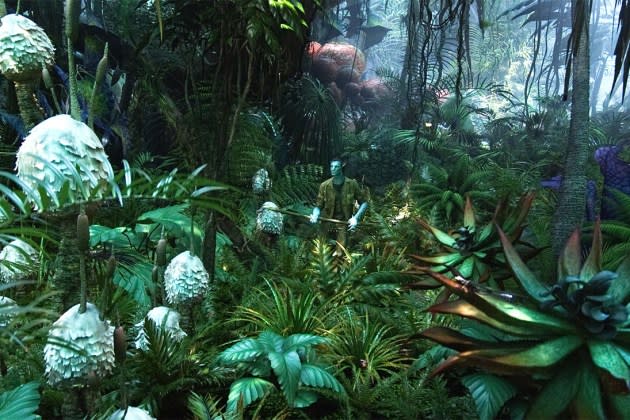U.S. ‘Avatar’ Workers Vote to Unionize In Boost for VFX Organizing Effort

U.S.-based visual effects artists who help bring James Cameron’s Avatar epics to life have voted to unionize in a National Labor Relations Board election.
Of an eligible 88 workers at Walt Disney Studios subsidiary TCF US Productions 27, Inc. who assist with productions for Cameron’s Lightstorm Entertainment, 57 voted to join the union and 19 voted against, while two ballots were void. These workers include creatures costume leads and environment artists as well as others in the stage, environments, render, post viz, sequence, turn over and kabuki departments.
More from The Hollywood Reporter
Writers Guild East Files Unfair Labor Practice Charge Against G/O Media Amid Fraught Negotiations
The Media Is Melting Down, and Neither Billionaires Nor Journalists Can Seem to Stop It
In Major Deal, Directors Guild Retroactively Secures Writers' Streaming Success Bonus
Management and labor now have a few days to file any objections, and if none are raised, the election results will be certified.
IATSE announced the news on social media platform X on Wednesday. “I could not be more proud of my fellow visual effects workers on the Avatar sequels for standing together to secure our right to collectively bargain for more equitable compensation and benefits,” post vis coordinator Patrick DeVaney said in a statement.
The Hollywood Reporter has reached out to Lightstorm Entertainment for comment.
This bargaining unit doesn’t include employees of VFX facility vendors, notably Weta FX, which is the lead VFX house on the Avatar films and employs the vast majority of the more than 1,000 artists who work on a typical Avatar movie.
But unionizing the group represents a major inroad for the VFX industry labor movement, believes one VFX industry source who spoke with THR. “While insignificant as a number, this is the core team that answers to Jim Cameron,” says the source. “They are not necessarily impressive in size, but in influence.”
The workers first went public with their organizing bid in December, when they filed for a union election with the NLRB. At the time, participating workers said in public statements that they were aiming to gain comparable benefits and pay to their unionized peers and have greater input into in working conditions. “Every one of my coworkers has dedicated so much time, creativity and passion to make these films a reality. So when you see them struggling to cover their health premiums, or being overworked because they took on multiple roles, or are just scraping by on their wages … you cannot keep silent,” said kabuki lead Jennifer Anaya.
IATSE has been making a concerted effort to organize the largely non-union VFX space for some time, and notched a few high-profile victories in the past year. This past fall, in-house VFX staffers at Marvel and Walt Disney Pictures voted unanimously to unionize, along with DNEG workers in British Columbia. IATSE hopes to form a new, national local for VFX artists that would work under the same Basic Agreement as workers at Locals such as 600 (International Cinematographers Guild), 700 (Motion Picture Editors Guild) and 800 (Art Directors Guild). That three-year agreement expires in 2024 and negotiations for a new contract are expected to begin in March.
“This is a huge step forward for our industry as a whole–we’ve come together as a united front to affirm our worth to not just the studios, but to the public as a whole. For too long I’ve been scared about where VFX is going, and even considered leaving. Now I actually feel like there’s a future for us, and I’m excited for it,” lab generalist Kristin Kamera said in a statement.
Best of The Hollywood Reporter

 Yahoo News
Yahoo News 